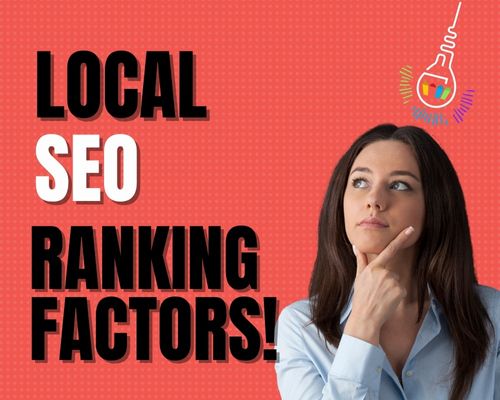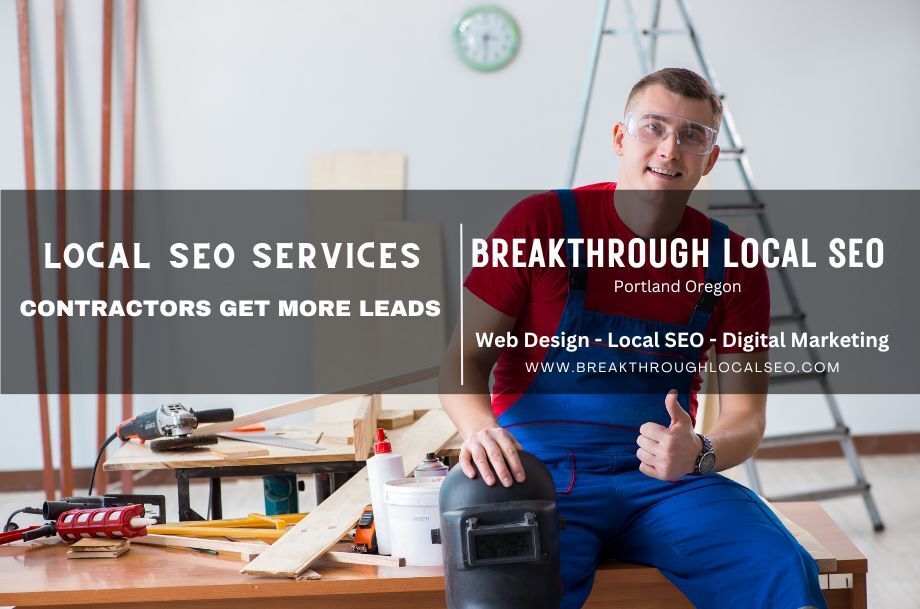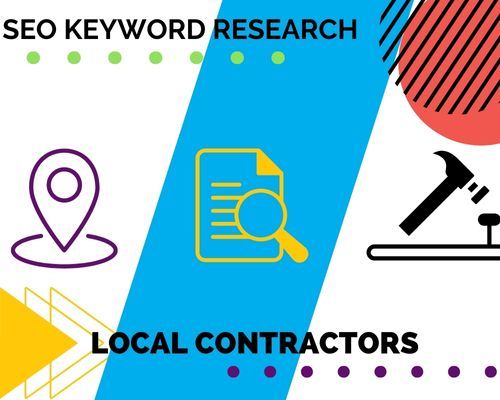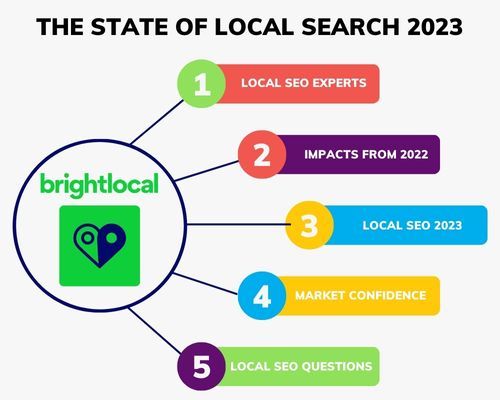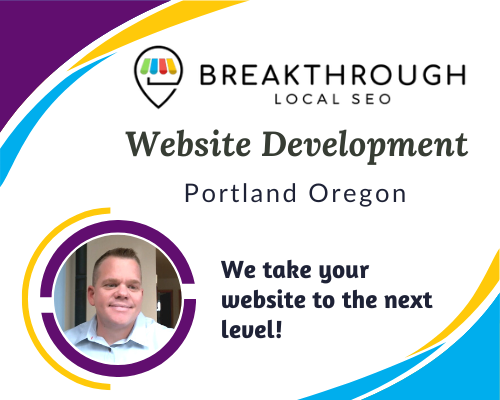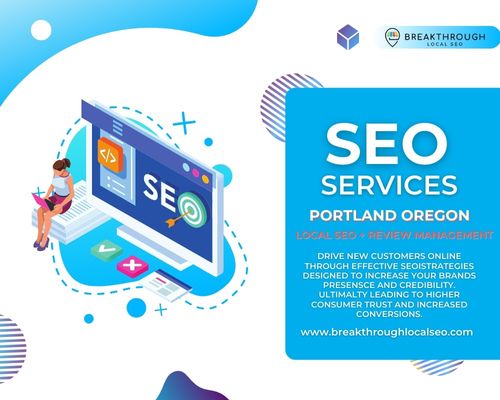On-Page SEO Tips
SEO Services can be classified as on-page or off-page both are important but on-page or on-site SEO is the foundation for a successful SEO campaign.
This post will discuss the basics of on-page SEO and a number of techniques you can implement right away for ranking improvements to your website or product page.
What is On-Page SEO
On-page SEO (on-site SEO) is the process of optimizing your websites or webpage content and code to help it perform better and rank higher in the various search engines such as Bing, FireFox, Duck Duck Go and Google.
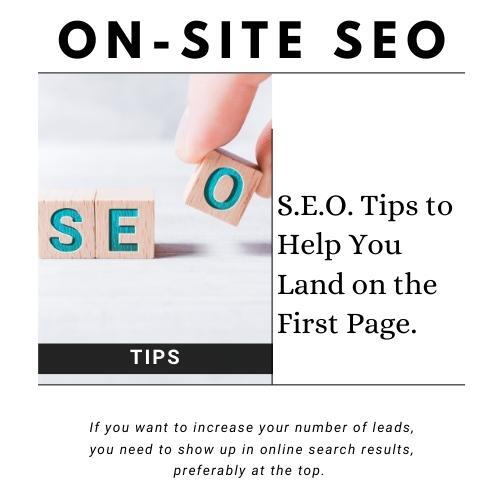
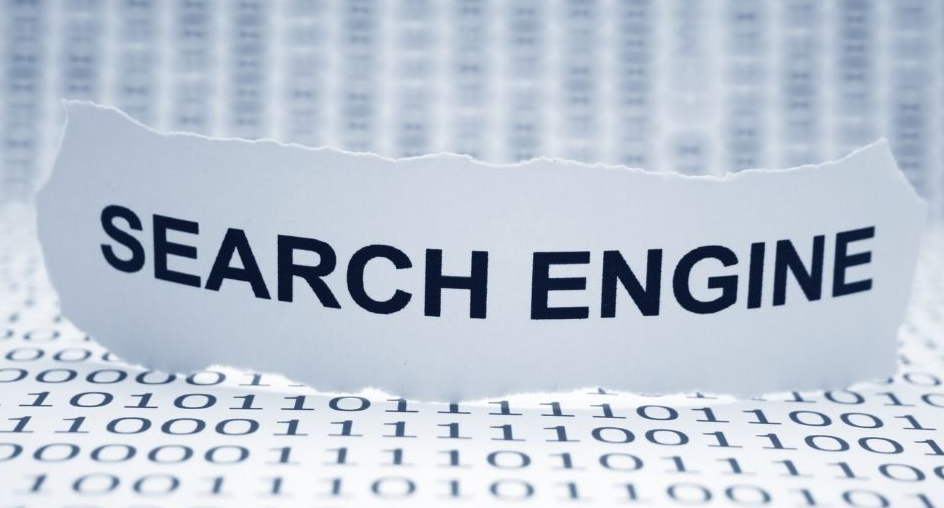
How Do You Measure Your On-Page S.E.O.
There are numerous tools that measure on-page SEO and different metrics associated with each tool. Some of the industry standard platforms are Moz, SEMRush, SpyFU & Majestic. Each of these tools has their own metrics they use to evaluate a given website or web page. These tools along with many others allow you to track progress and competition in various ways, making for a great addition to any SEO toolbox.
Benefits of On-Page SEO
On-Site SEO has numerous benefits for any organization looking to grow their online presence or online driven sales.
A well optimized website allows the search engines to discover all the pertinent information in a quick and efficient manner giving their end-user the best results for their query. A good on-site optimization plan includes optimizations to the user experience as well as the search engine bots.
How to improve your On-Page SEO?
There are a couple very important on-page SEO factors to help improve your online rankings. On-site optimization is a continuous process with new updates rolling out across the search engines a few times per year. If you follow a few of these basics your webpage will have a great foundation.
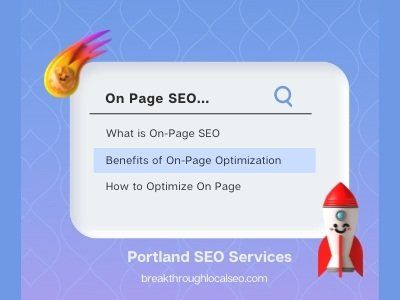
Content
If you want your webpage to be worthy of ranking high in the search engine, you need “great” content. When we discuss content keep in mind there are several ways to display content. Some of those ways are rather obvious such as text, also images, videos and documents can be considered elements of content. In order for your content to be valuable it must be useful to the end-user, and it must be shareable.
- Useful content
Content that answers a question or provides information an end-user would value can be considered useful.
- Shareable
Content needs to be sharable allowing others to send your content online or hyperlink back to your content when applicable.
The content should always be unique, delivering new information or information in a different way to the end-users. The content on your website should not only be accessible to the user but the search engine Bots, or crawlers, as well. Allowing the search engine to find, understand and rate your content. Highly rated content is specific to its purpose, focused on 1-2 keywords or search terms. It should be easy to navigate with related articles or sources linked to from within.
Title Tags
Having a well optimized title tag is very important. The title tag is often your first impression with an end-user. This is what shows up in the Search Engine Results Page (SERPs), web browsers and some social networks.
Your title tag should be a concise description of your page that elicits the end-user’s response. You only get so many characters to describe your webpage, around 50-60 characters is best practice. Those characters not only tell the search engines details but the end-user what your site is about and why they should take act.
URL Structure
URL has an impact on your on-page SEO efforts as well. When choosing a URL make sure it is relevant and structured correctly. Along with good structure the URLs of your website should be interlinked in a systematic manner allowing the search engine bots and users alike to discover more content related to their search and your website.
- Structured
Good Structure example www.mysite.com/category/product or www.mysite.com/service/sub-service
- Interlinking
While linking to your different pages in the menu is helpful it is not enough to optimize your website and tell the user and Bots how thigs are related. Your interlinking strategy largely depends on the goals of your website and the journey you plot for the user. No matter if you want to funnel everything up to your home page or down into more specific pages, you want the links to flow naturally and cover the whole site in most cases.
Alt Text
The Alt text is a bit of descriptive text you can attach to your images, videos and website elements that further define the content. This is a great place to not only appropriately label your elements but provide useful information to the search engines and users.
On-Site SEO Portland Oregon
When you put all this together you have a great start to a fully optimized website or webpage.
- Relevant to a specific topic (product or service)
- Properly use Keywords in Title, Descriptions, URL & Alt text
- Give value in the form of unique content
- Be structured clear and concise
- Interlinked pages
- Use alt text to provide value
For more information about our Portland SEO Services - Contact us directly.
Check us out on DesignRush and their top local seo agencies.
Previous Post:
Ready to work with Breakthrough Local SEO?
Let's connect! We’re here to help.
Send us a message and we’ll be in touch.
Or give us a call today 503-382-8911
Agency Contact Form
